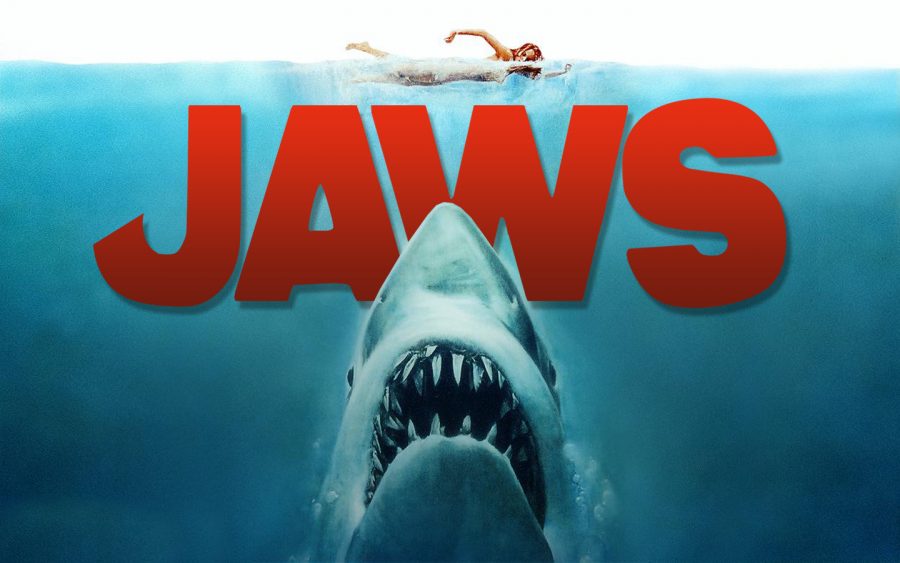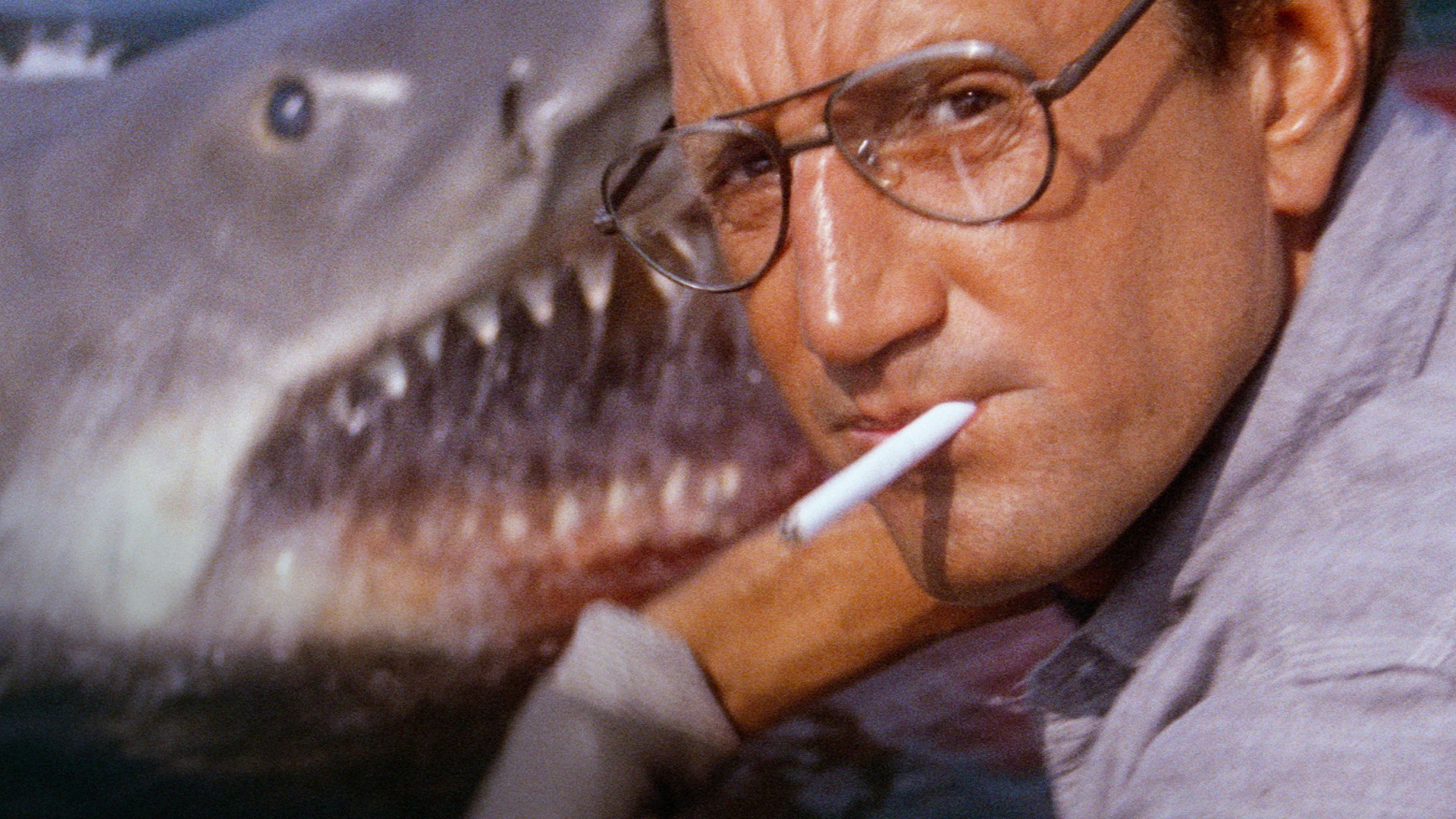Jaws (1975)

Jaws (1975)
Jaws (1975), directed by Steven Spielberg, is a groundbreaking thriller that revolutionized modern cinema and became the first true summer blockbuster. Based on the novel by Peter Benchley, Jaws blends suspense, horror, and adventure in a chilling tale of man versus nature.

The story is set in the quiet seaside town of Amity Island, which relies heavily on tourism for its economy. As the summer season begins, tragedy strikes: a young woman is found dead, the apparent victim of a shark attack. Police Chief Martin Brody (Roy Scheider), a newcomer to the island, immediately wants to close the beaches for public safety. However, the town’s mayor, Larry Vaughn, and local business owners resist, fearing economic disaster during the busy holiday season.
When another attack occurs—this time claiming the life of a young boy—the town can no longer ignore the threat. A reward is offered for the shark, drawing amateur hunters and fishermen from far and wide. A large tiger shark is caught, and officials celebrate, but Brody remains unconvinced. The local shark expert, Matt Hooper (Richard Dreyfuss), confirms that the captured shark is not the killer, as its bite does not match the wounds of the victims.
With the threat still lurking and panic growing, Brody, Hooper, and a grizzled professional shark hunter named Quint (Robert Shaw) set out on Quint’s boat, the Orca, to hunt and kill the predator. What follows is a tense and dangerous pursuit as the three men face the terrifying great white shark in open water.
As the shark reveals its enormous size and intelligence, the men realize they are outmatched. Quint is eventually killed in a brutal attack, and the boat is nearly destroyed. In a desperate final effort, Brody manages to shove a pressurized air tank into the shark’s mouth and—using a rifle—blows it up in a dramatic explosion.
The film ends with Brody and Hooper, the only survivors, paddling back to shore.
Jaws is more than a monster movie; it’s a masterclass in suspense, fueled by John Williams’ iconic score and Spielberg’s skillful direction. With minimal visual effects and a focus on character and atmosphere, the film taps into primal fears and showcases the power of unseen terror. Its impact on cinema is lasting, establishing new standards for storytelling, marketing, and box office success.











